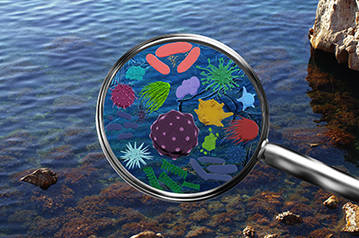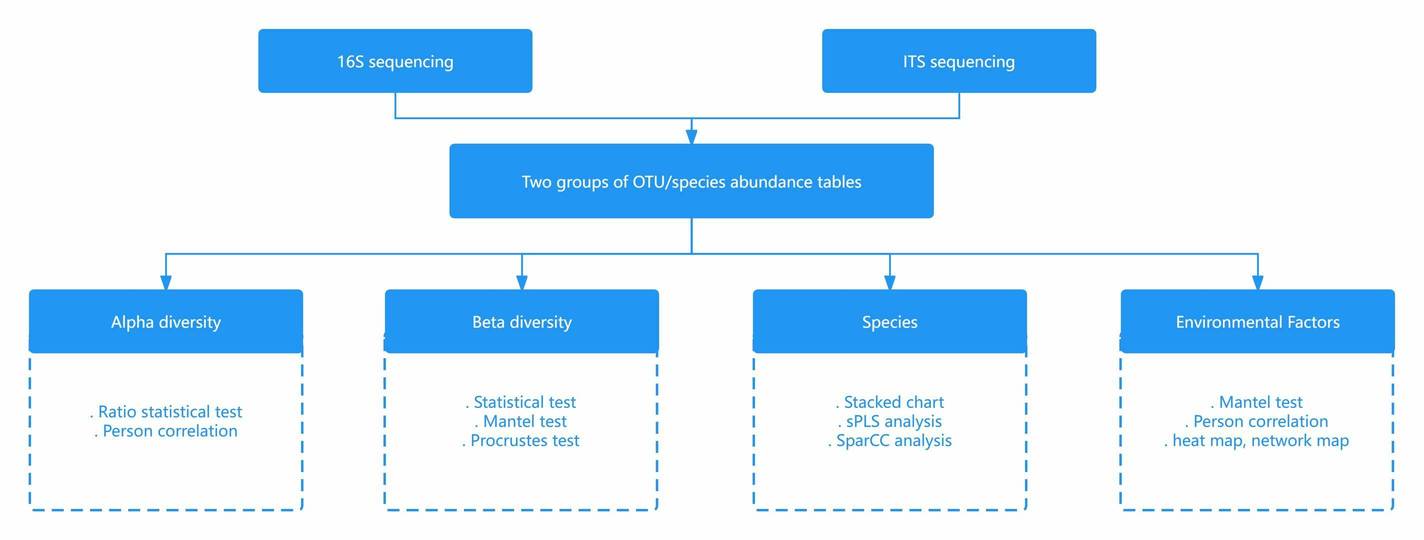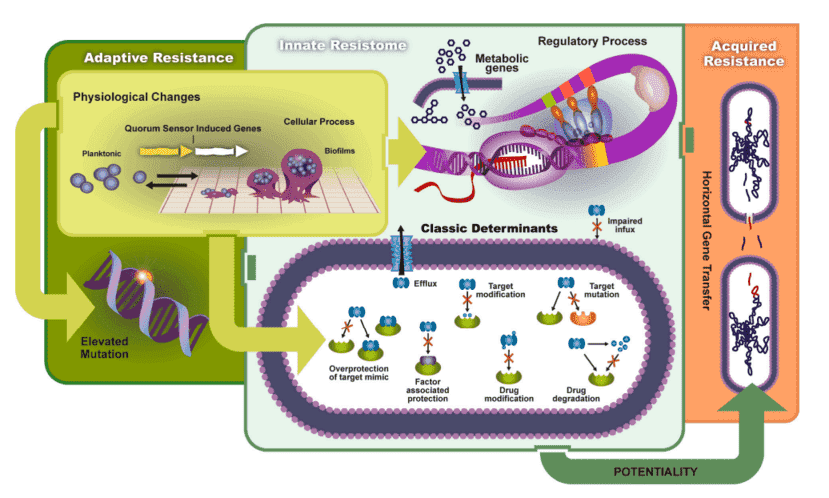
Navigation
- Home
- Services
- Microbial Diversity Analysis – 16S/18S/ITS Sequencing
- Bacterial 16S rRNA Sequencing
- Archaeal 16S rRNA Sequencing
- Diversity Analysis of Actinomycetes
- Fungal ITS Sequencing
- Eukaryotic 18S rRNA Sequencing
- Full-Length 16S/18S/ITS Sequencing
- 2bRAD-M Analysis for Microbiome
- Microbial 16S/18S FISH Probe Design Synthesis and Detection Service
- Explore Complex Microbiomes with 5R 16S Microbial Diversity Sequencing
- Metagenomics
- Microbial Whole Genome Sequencing
- Microbial Identification
- Microbial Characterization
- Microbial Functional Gene Analysis
- Microbial Epigenomics
- Antibiotic Resistance Genes (ARGs) Analysis Solution
- Microbial PacBio SMRT Sequencing
- Microbial Nanopore Sequencing
- Microbial Transcriptomics
- Microbial Bioinformatics
- Other
- Microbial Metabolomics Analysis Service
- Microbial Diversity Analysis – 16S/18S/ITS Sequencing
- Solutions
- Microecology and Human/Animal Health
- Environmental Microbiology Solutions
- Agricultural Microbiology Solutions
- Pharmaceutical Microbiology Solutions
- Industrial Microbiology Solutions
- Microecology and Cancer Research Solutions
- Microecology and Biofilms
- Pathogen Sequencing Solutions
- Environmental DNA (eDNA) Analysis Solution
- Products
- Resource
- Company
- Sample Submission Guidelines


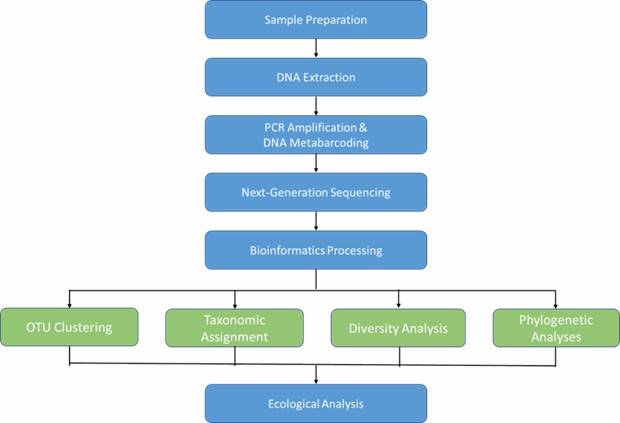


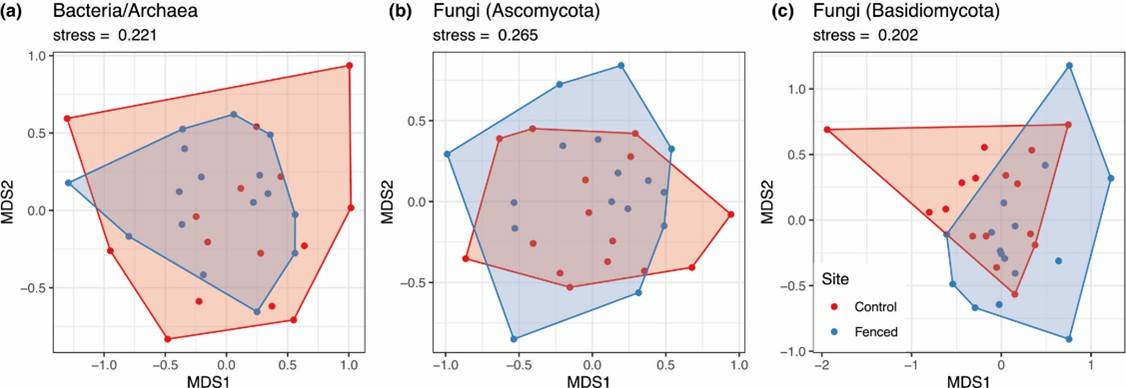 Figure 1. Nonmetric multidimensional scaling plot.
Figure 1. Nonmetric multidimensional scaling plot. Figure 2. Results of functional guild composition analysis for the soil fungal communities.
Figure 2. Results of functional guild composition analysis for the soil fungal communities.




